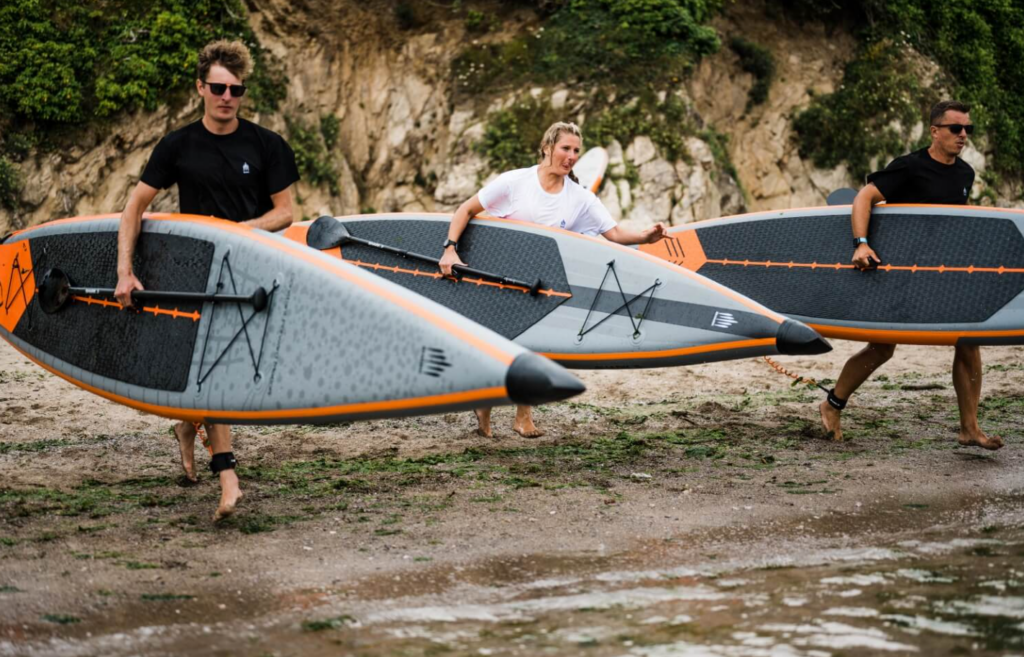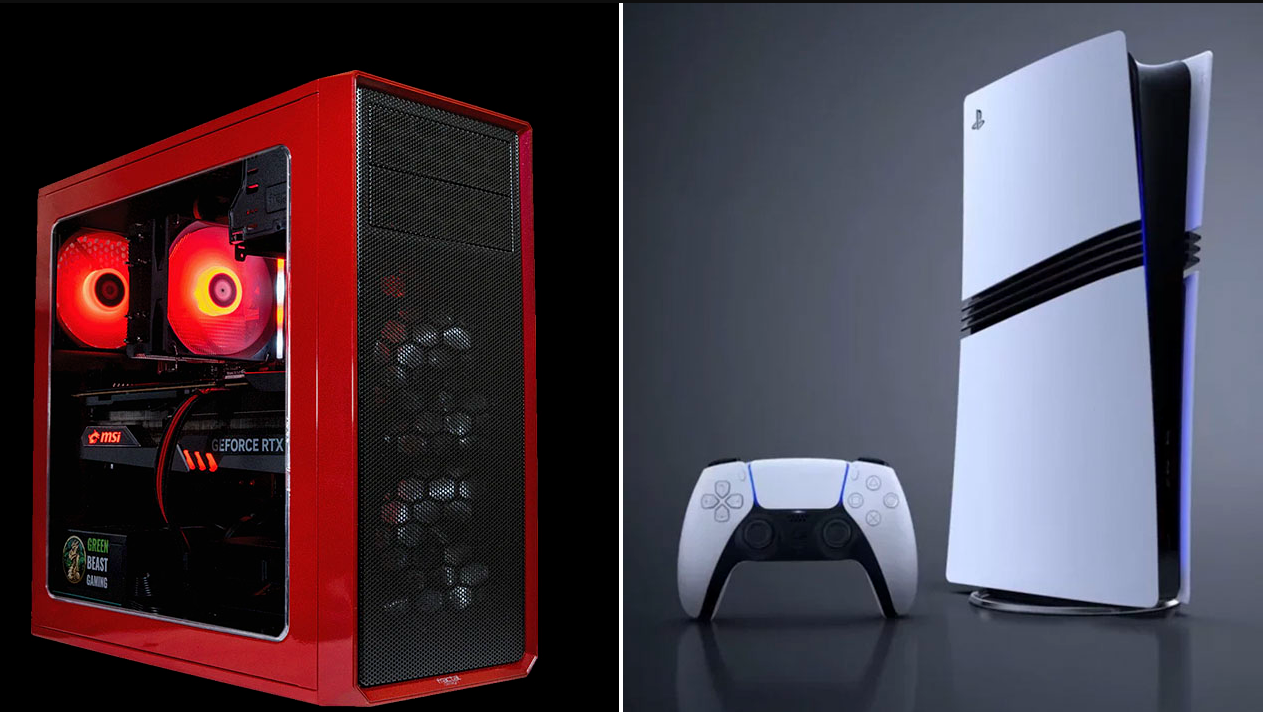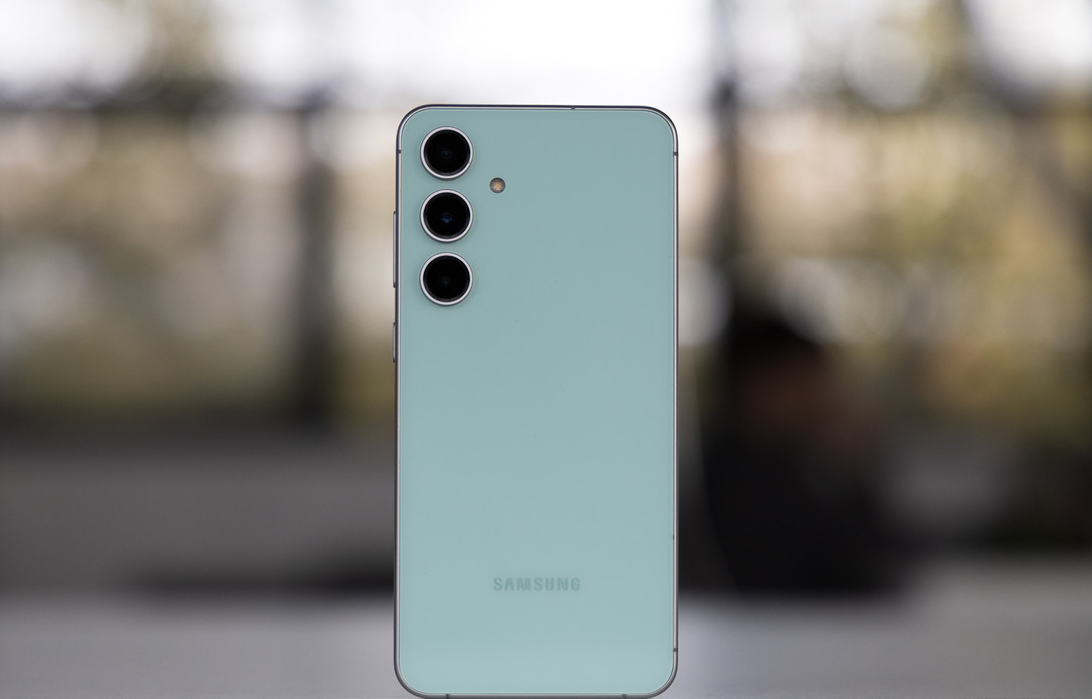SUP (Stand-Up Paddleboarding) is an exciting and varied water sport that combines elements of surfing and canoeing. Choosing the right stand-up paddleboard is the key to getting the most out of this activity.
Types of saap boards
The first thing to determine is the type of sap board that suits you best. There are several basic types:
All-around (All-around) boards:
- Purpose: Suitable for most riding conditions and styles.
- Size: Typically 10 to 12 feet long and 30 to 34 inches wide.
- Features: Good stability and versatility make them ideal for beginners and those who want to try different types of sapsurfing.
Touring boards:
- Purpose: Designed for long distances and travelling.
- Sizes: Long (12-14 feet) and narrow (30-32 inches).
- Features: Provide high speed and efficient gliding on the water. Suitable for experienced riders and those who enjoy long walks.
Surfboards:
- Purpose: Ideal for wave riding.
- Sizes: Short (8-10 feet) and narrow.
- Features: Highly manoeuvrable and responsive to waves. Require more experience and skills.
Race boards:
- Purpose: Designed for competition and high speeds.
- Sizes: Long (14-18 feet) and very narrow (24-28 inches).
- Features: Maximum speed and minimum resistance. Suitable for advanced and professional athletes.
Yoga boards:
- Purpose: Specially designed for yoga on water.
- Dimensions: Wide and stable.
- Features: Large surface area and high stability allow you to perform asanas on the water.
Board dimensions
The size of your board is a key factor that affects its stability, handling and overall performance. The right size will help you feel confident on the water and get the most out of your surfing experience. Let’s look at the basic parameters: length, width and thickness of the board.
Length
The length of your board determines its speed and manoeuvrability. Your choice of length depends on your experience, riding style and the conditions in which you plan to use the board.
Short boards (8-10 feet):
- Advantages: More manoeuvrable and easier to control. Great for surfing as it allows you to react quickly to waves and turn easily.
- Disadvantages: Less stable and less suitable for long walks or touring.
Medium boards (10-12 feet):
- Benefits: Versatile boards suitable for most conditions and riding styles. Provides a good balance between stability and manoeuvrability, making them ideal for beginners and all-round riders.
- Disadvantages: Not as fast or efficient over long distances as longer boards.
Long boards (12-14 feet or more):
- Benefits: Provides better glide and speed, ideal for touring and racing. Longer boards are easier to keep straight and save effort over long distances.
- Disadvantages: Less manoeuvrability and difficult to control in swells.
Width
The width of your board directly affects its stability and speed. The choice of width depends on your level of experience, preferred riding style and physical characteristics.
Narrow boards (25-29 inches):
- Advantages: Provide more speed and better manoeuvrability. Suitable for experienced riders who want to increase their performance and ride at high speed.
- Disadvantages: Less stable, making them less suitable for beginners and yoga classes.
Medium boards (30-32 inches):
- Advantages: Good balance between stability and performance. Suitable for most riders, providing confident riding in a variety of conditions.
- Disadvantages: May not be narrow enough for professional racing and surfing.
Wide boards (32-34 inches or more):
- Benefits: Provides maximum stability, ideal for beginners, yoga classes and relaxed strolls on the water. Wide boards make it easier to keep your balance, reducing the chance of falls.
- Disadvantages: Less fast and manoeuvrable, which may limit their use in racing and surfing.
Thickness
The thickness of the board affects its buoyancy and stiffness. Your choice of thickness depends on your weight, fitness level and riding conditions.
Thin boards (4-5 inches):
- Benefits: Lighter and more manoeuvrable, making them suitable for experienced riders and surfers. Provide better water feel and control.
- Disadvantages: May be less stable and may not provide enough buoyancy for heavier riders.
Thick boards (6 inches or more):
- Benefits: Provides better buoyancy and stability, especially for heavier riders and beginners. Thicker boards are better suited for quiet walks and yoga classes.
- Disadvantages: Heavier and less manoeuvrable, which can make it difficult to control in difficult conditions.
Materials
The material from which a board is made affects its weight, strength and performance. The main types of materials are:
Hardboards (Epoxy):
- Construction: Expanded polystyrene foam (EPS) coated with epoxy resin and glass fibre.
- Advantages: Lightweight, durable, provides excellent performance.
- Disadvantages: Require more storage space and are more difficult to transport.
Inflatable boards (iSUP):
- Construction: Sturdy PVC with internal baffles to provide rigidity when inflated.
- Advantages: Easy to transport and store, less prone to impact damage.
- Disadvantages: May be less rigid and less productive than rigid boards.
Additional factors
Apart from the basic parameters, there are several additional factors that can influence your choice:
- Load capacity: Make sure the board is rated for your weight and additional equipment. Manufacturers usually specify the maximum load capacity of the board.
- Nose and tail shape: The sharp nose and tail shape improves speed and manoeuvrability, while the rounded shape provides better stability.
- Deck Coating: Anti-slip coating on the deck provides better control and riding comfort.
- Leash: A strap that attaches to your foot and board to keep it from floating away when you fall. This is an important safety feature, especially in open water.
- Paddles: Choose a paddle that suits your height and riding style. Paddles can be made of aluminium (cheaper and heavier), fibreglass (lighter and more expensive) or carbon fibre (lightest and most expensive).
Choosing a Sup Board is a process that requires you to consider many factors, from board type and size to material and optional accessories. It is important to understand your goals and fitness level in order to choose a board that suits your needs. With the right board you can enjoy all the delights of Supsurfing, whether it’s a relaxing stroll on the lake, an exciting race or conquering the waves of the sea.
Make your next Sup board purchase more favourable with reBITme. You will enjoy saving money!





